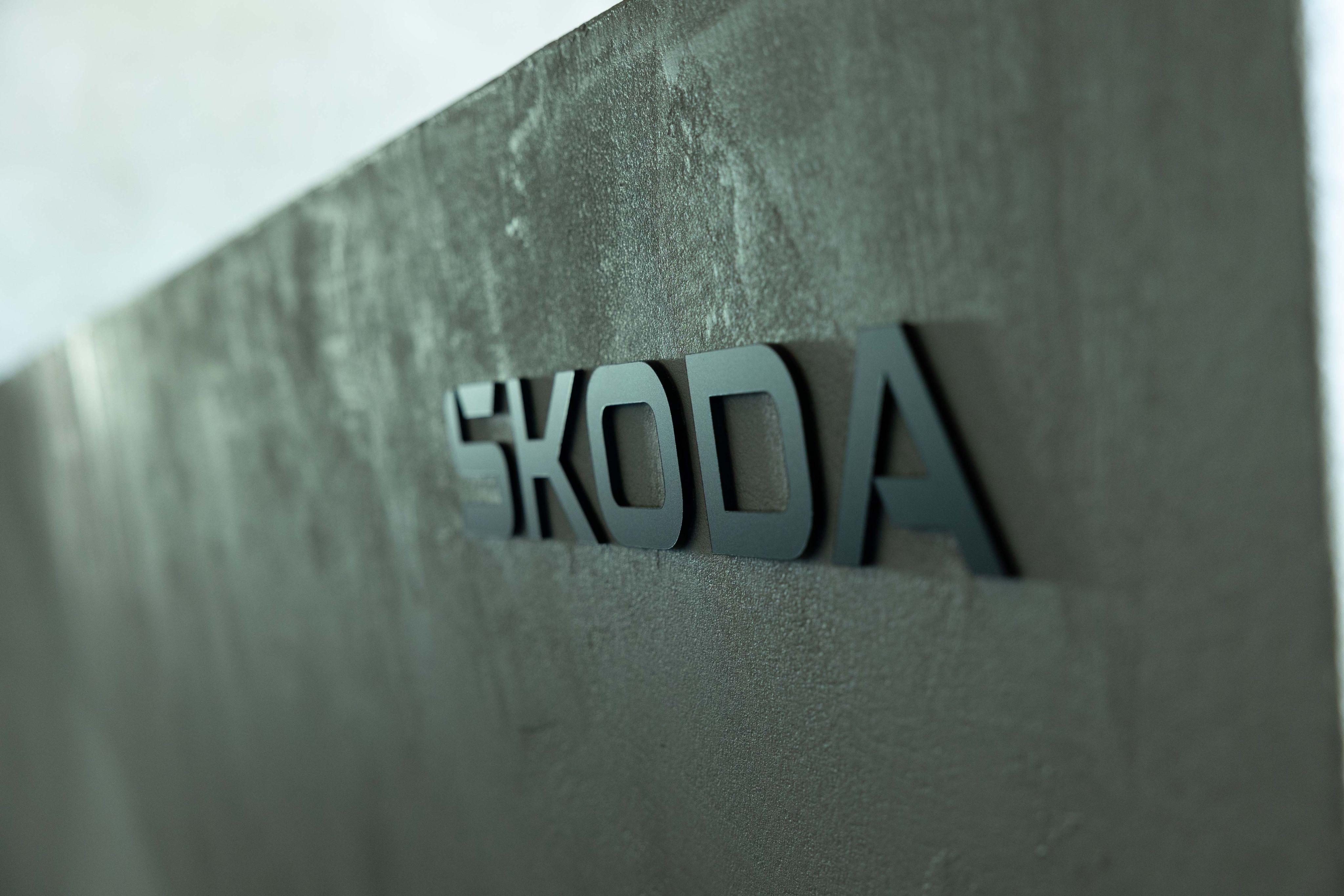THE LABORATORY IS THE CONTROL BODY OF THE CAR MANUFACTURER
"Chemical laws and reactions remain the same, they do not change – not even with the arrival of artificial intelligence," says chemist and teacher Ivana Rea
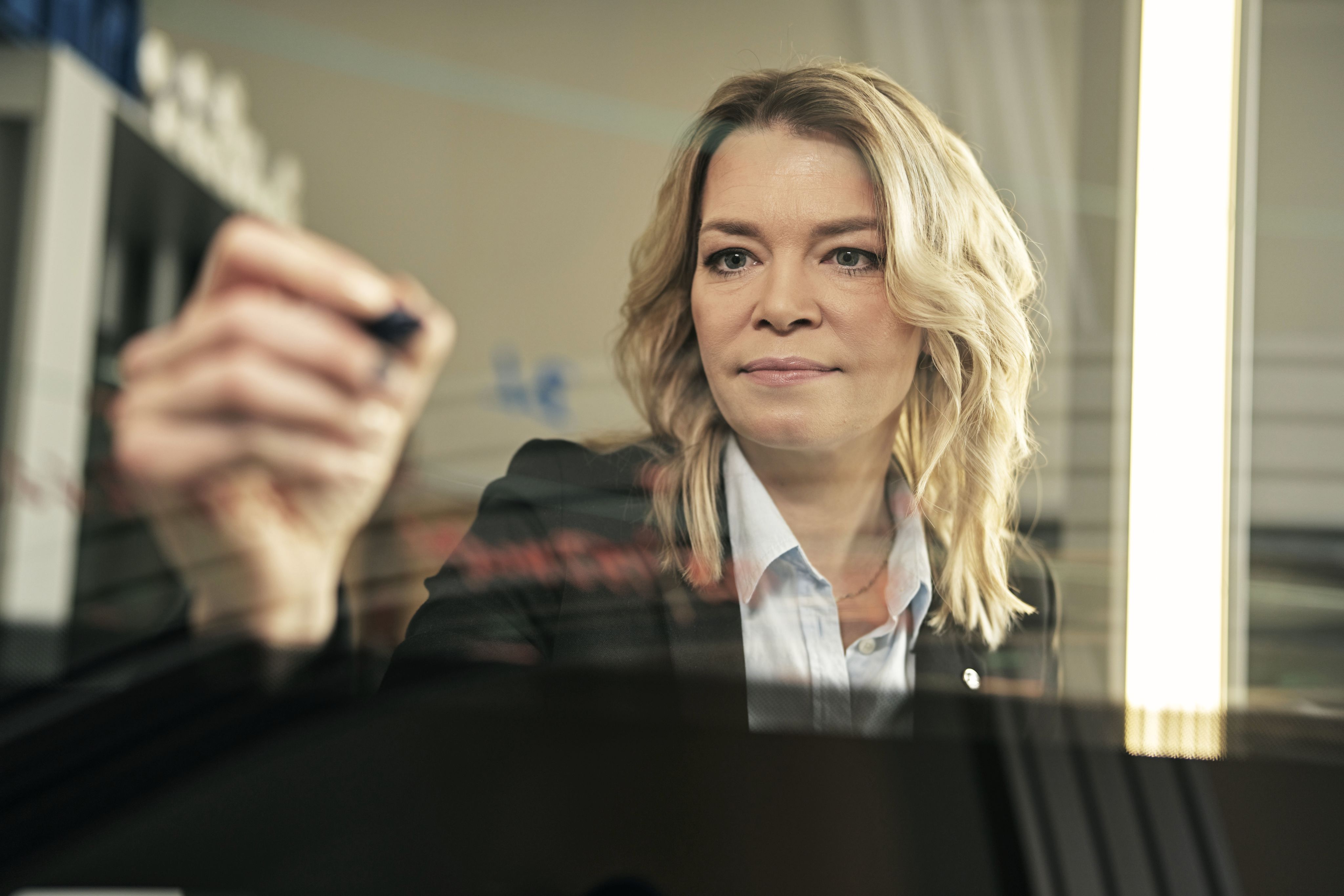
She is a trained chemist and pedagogue, but in many stages of her professional life, she has somehow become intertwined with the legacy of her family ancestors. Today, Ivana Rea hopes that her two children will also follow her footsteps. At Škoda, she currently deals with chemical conformity and, among other things, analyzes materials in the laboratory. She has also been cooperating with students for a long time – especially with those from the University of Chemistry and Technology in Prague.
How did you find out that you want to do chemistry?
I went to a science high school where I discovered that I was interested in STEM subjects. I was better at them than languages or humanities. After graduation, I looked for a suitable college – I considered biology or pharmacy, for example. My grandfather was a pharmacist, so I thought I would follow in his footsteps. But I ended up at the University of Chemistry and Technology in Prague. My parents graduated from the Czech Technical University, and I chose the second university on Kulaťák in Dejvice – now we have the whole place covered!
After all, you partly continued your grandfather's legacy. Do pharmacy and chemistry have a lot in common?
Definitely. I didn't really get to know my grandfather, he died when I was just two years old. But he left me a number of very beautiful pharmaceutical books. Maybe I inherited some of his genes and interests. At UCT, I studied fragrances at the Institute of Organic Technology. While I was doing my PhD, I also had the chance to do the pedagogical minimum course.
Why did you choose to do so?
Rumor has it that technically gifted people tend to be a bit antisocial. Complementing my studies with humanities gave me a different perspective and also helped me grow as a person. I like to educate people, I did tutoring, and I still work on projects for universities. During my doctoral studies, I also spent a year abroad. I went to the University of Glasgow where I studied organic synthesis. I graduated with a PhD and an extensive thesis entitled Immobilization of Active Ingredients, which, by the way, also incorporated the knowledge I gained in Scotland.
In your career, do you think you have been influenced by a combination of technical and humanitarian approaches?
They were already interlinked during my studies. For example, I dealt with the motivation of high school students to do chemistry. I always tried to pay attention to both sides. Today, I apply pedagogical methods as well as technical knowledge. A person who mentors students, helps them with projects and guides their outputs must motivate them in a way and help them get excited about the field.
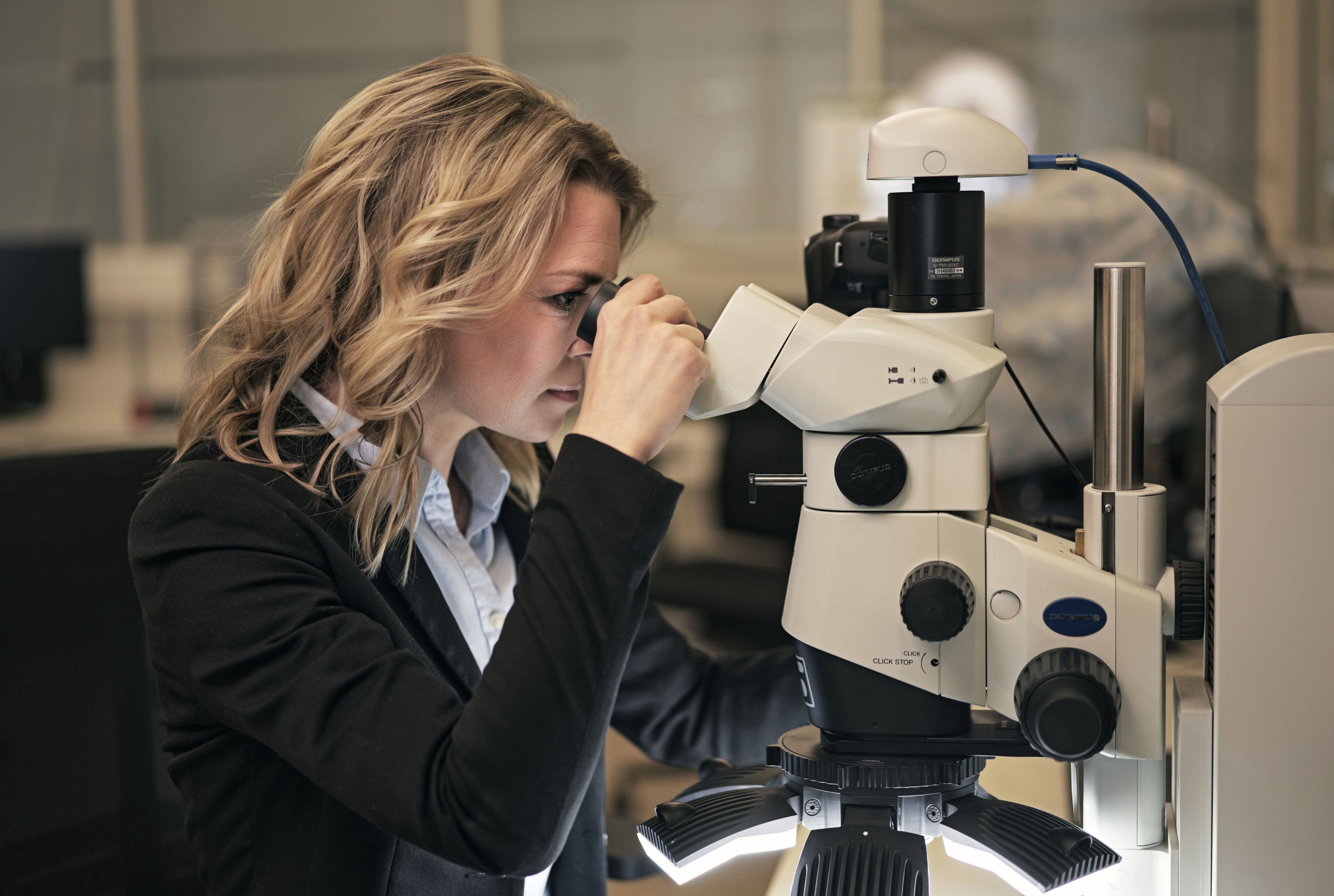
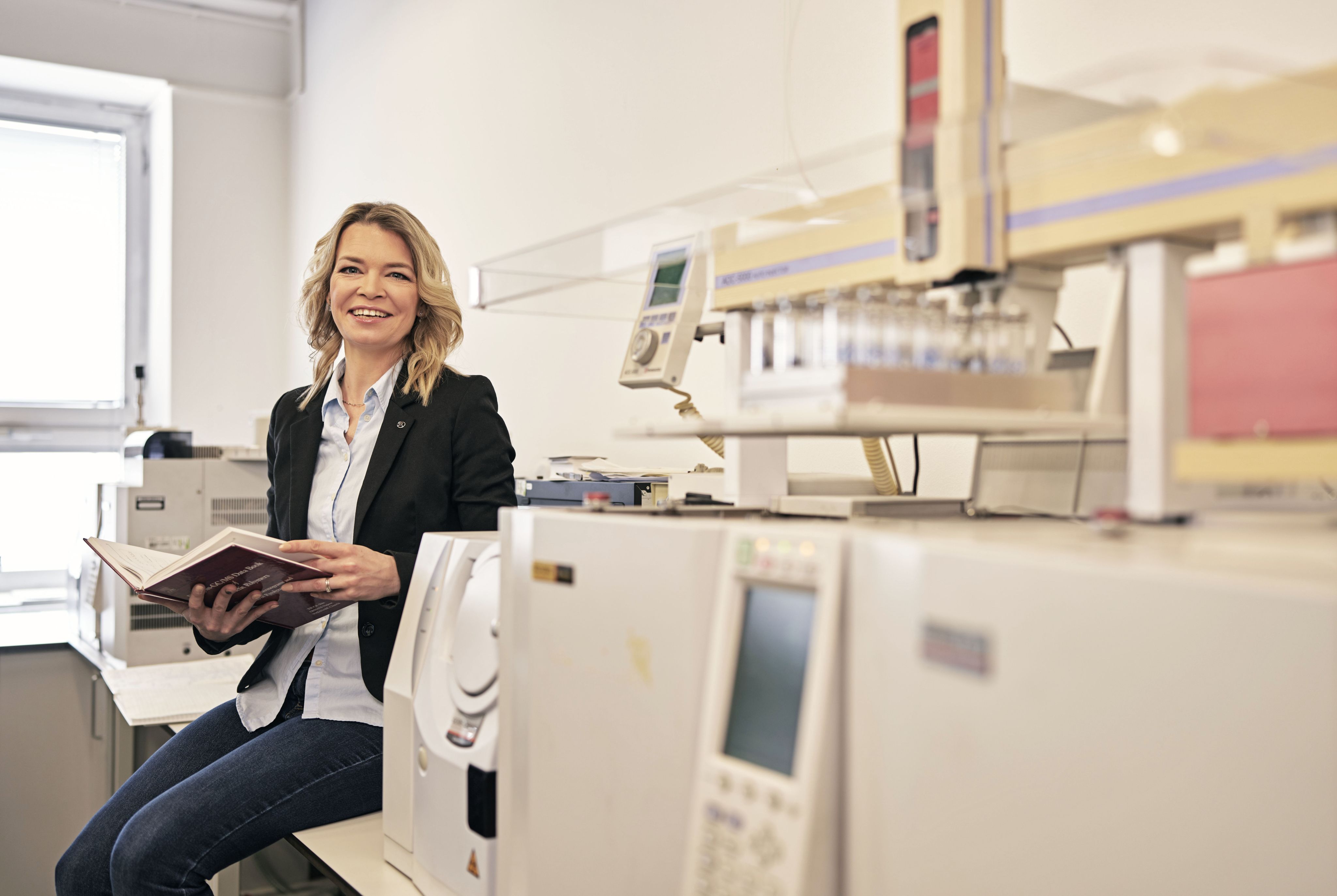
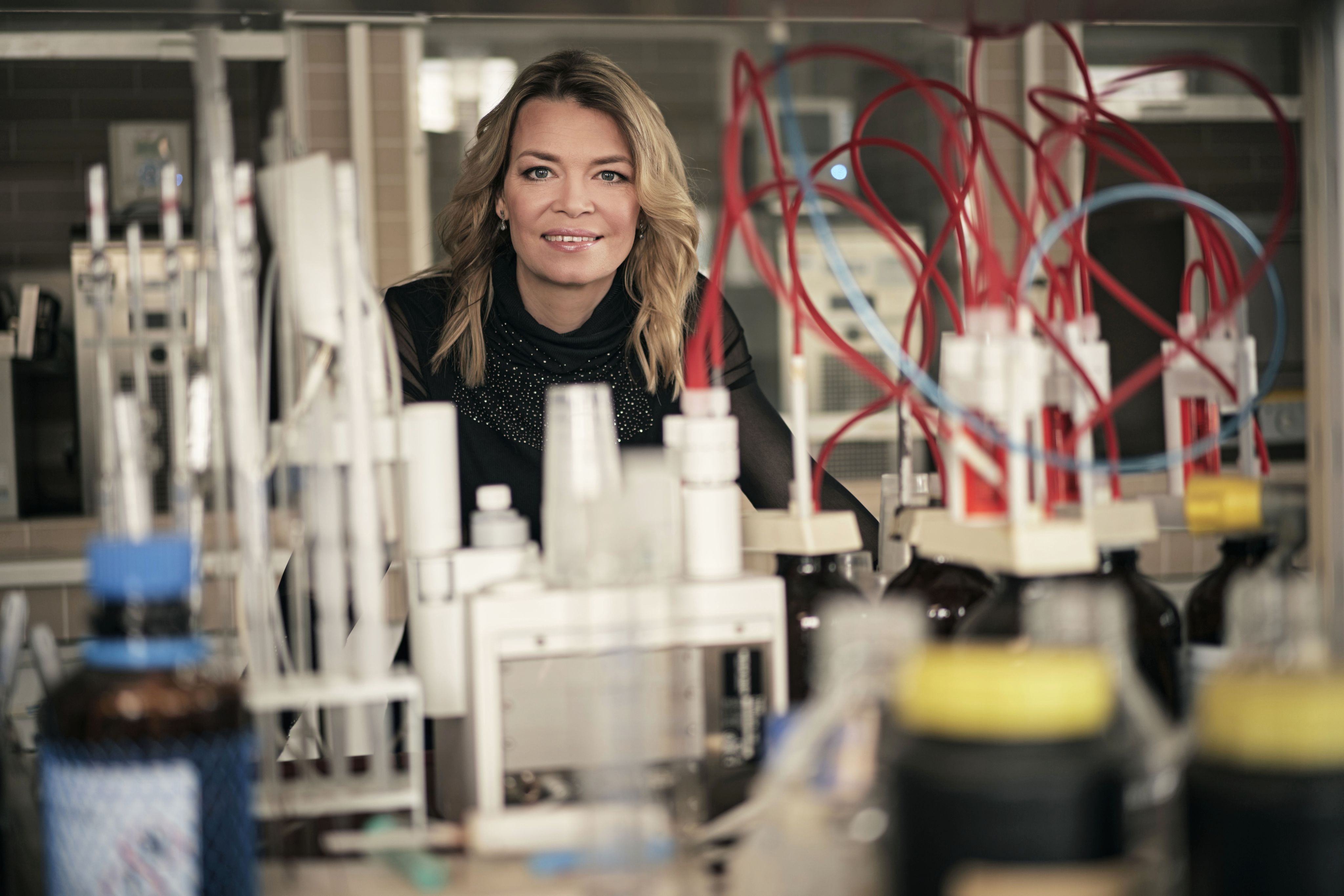
Czech cars from Tennessee
Employees of the largest Czech car company often go abroad for work. Within the concern, they may travel across Europe or even to China and India. Ivana Rea went all the way to the other side of the globe. "I spent a month working in the American city of Chattanooga in the state of Tennessee. I really liked it there, I saw completely different procedures in the laboratory and tried to compare them with what we are used to here," she recalls.
How to motivate students to be interested in chemistry?
I think the teacher's personality is key. Not all chemists are alike. I myself never enjoyed inorganic chemistry, even at university, because I didn't find it intuitive, it was more about memorization. Maybe I never enjoyed it because the teachers in high school didn't teach me the basics properly, so I had to memorize things later on. On the other hand, in organic chemistry I was always lucky to have great teachers. They explained the basics very well, so I always knew where to start and wanted to continue. Motivation is extremely important, and especially for high school students, having a good teacher is key.
What makes a good chemistry teacher?
Above all, they should be educated so that the student can look up to them and view them as a role model. At the same time, they should be kind and impartial. Chemical laws and reactions remain the same, they do not change – not even with the arrival of artificial intelligence. Only the depth of knowledge is changing, new findings are constantly being made. Therefore, it will always depend mainly on how the teacher can excite the student.
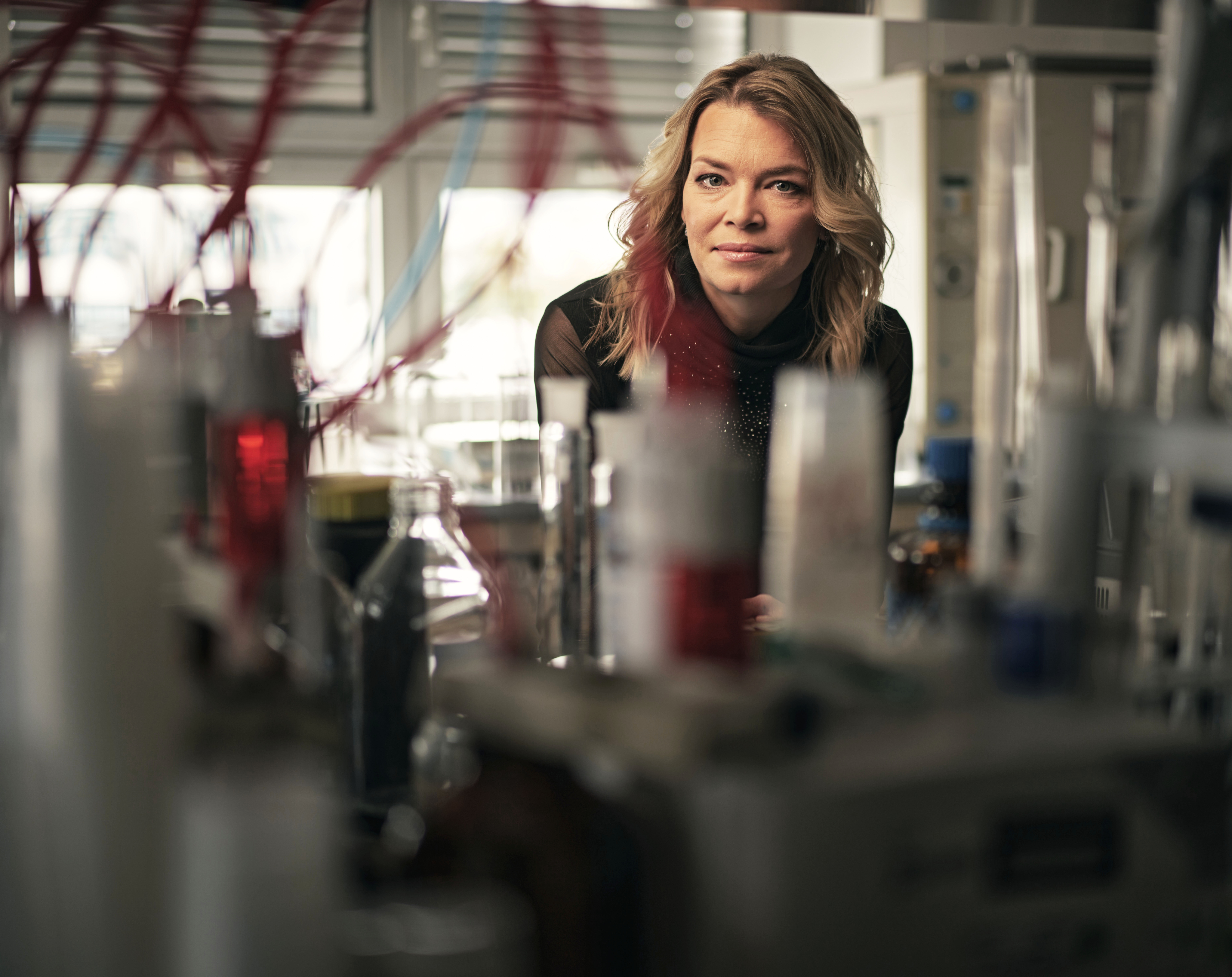
DISCOVER ŠKODA EDU
Škoda EDU project helps students discover the world of STEM subjects. Teacher and chemist Ivana Rea also takes part in it. Nowadays, the website offers articles and downloadable materials for teachers and parents of children in primary schools. But in the future, even the students themselves can look forward to practical content.
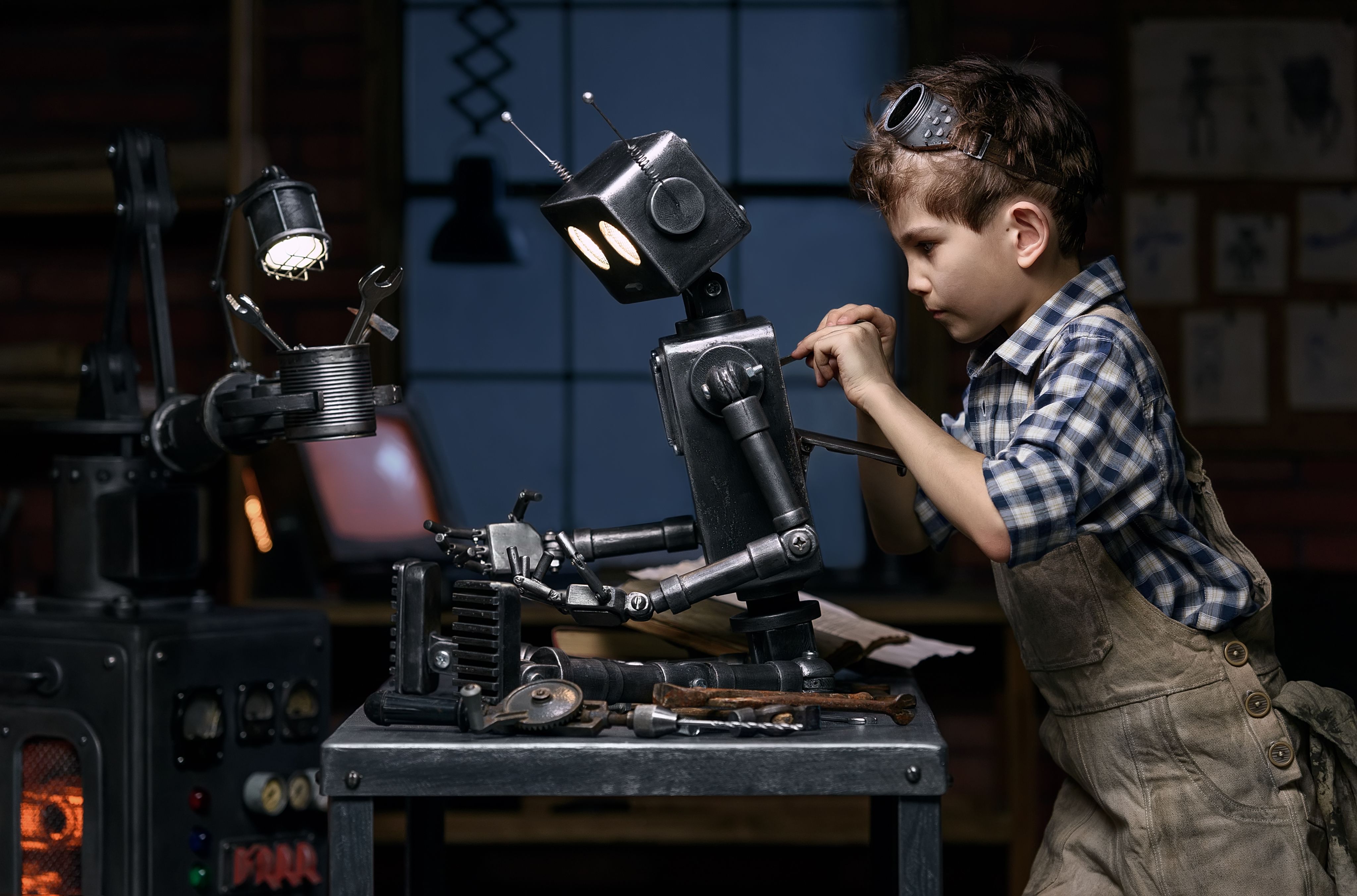
YEARS IN THE LAB
What was it that ultimately led you to the automotive industry?
In the last year of my doctorate, I was offered an internship in the Škoda Auto laboratory. Life is a coincidence. I used to live in Mladá Boleslav, close to the car factory. For me, Škoda has always represented a great employer with fine reputation and history. At the very least, having a work experience in Škoda Auto is always good for your CV! So, I joined the laboratory, and I immediately fell in love with it, my colleagues were very nice to me from the start. When I was looking for a job after graduation, I received an offer to join the laboratory as a full-time employee for one year, as a substitute for a colleague. After the year I changed my position and became responsible for the quality of purchased parts for India, China and Russia. Interesting experience, but a bit outside my area of expertise. After some time, I received a new offer because the laboratory was expanding, and they were looking for someone to focus on the optical properties of glass. I did not hesitate and completed several trainings and later also a talent program. I was able to return to the lab to take up a new position.
Even as a child, did you see the Škoda factory as an important landmark of Mladá Boleslav?
Our family has had close ties with the city of Mladá Boleslav for many years. My great-grandfather was born in 1902 in a nearby village and lived to be 91, so I remember him well. He worked as a construction worker and over the years he built the part of Mladá Boleslav where our family had lived. He told me that during the Second World War he used to go to his home village, and after the air raids he always checked if the Škoda factory was still standing. He would hide in a ditch and check the chimneys and individual objects from a distance. I would love it if my two children were to continue our family traditions one day, in their own way.
Have you been able to juggle being a mother and having a career?
Yes, after I had my first child it took me only six months to return to the laboratory, and then I took a year off after having my second son. I am currently working part-time because I want to spend time with my family. The company always accommodated my needs. Even if a person has time-limited options, if they want to work, they can. My husband, who is a creative, also supports me and my career greatly. Of course, everything always depends on the relationship with the superiors, but I was very lucky. Now I "share" a place with a colleague – we help and accommodate each other. When you share a position with someone, it depends primarily on the cooperation and functionality of the individual halves of this one unit.
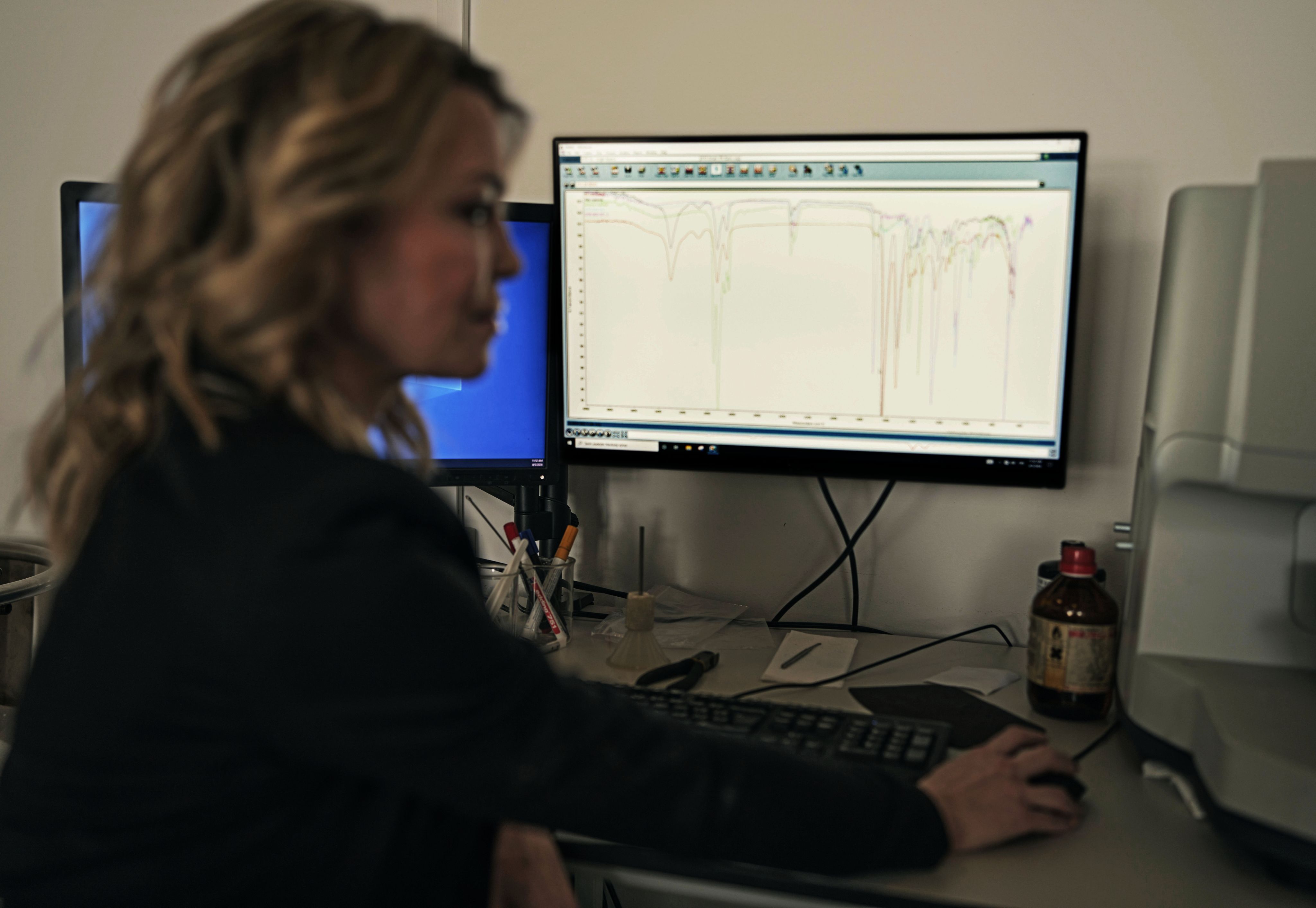
How can job sharing improve company culture?
Read the story of buyers Iva Kouřilová and Marta Ježková.
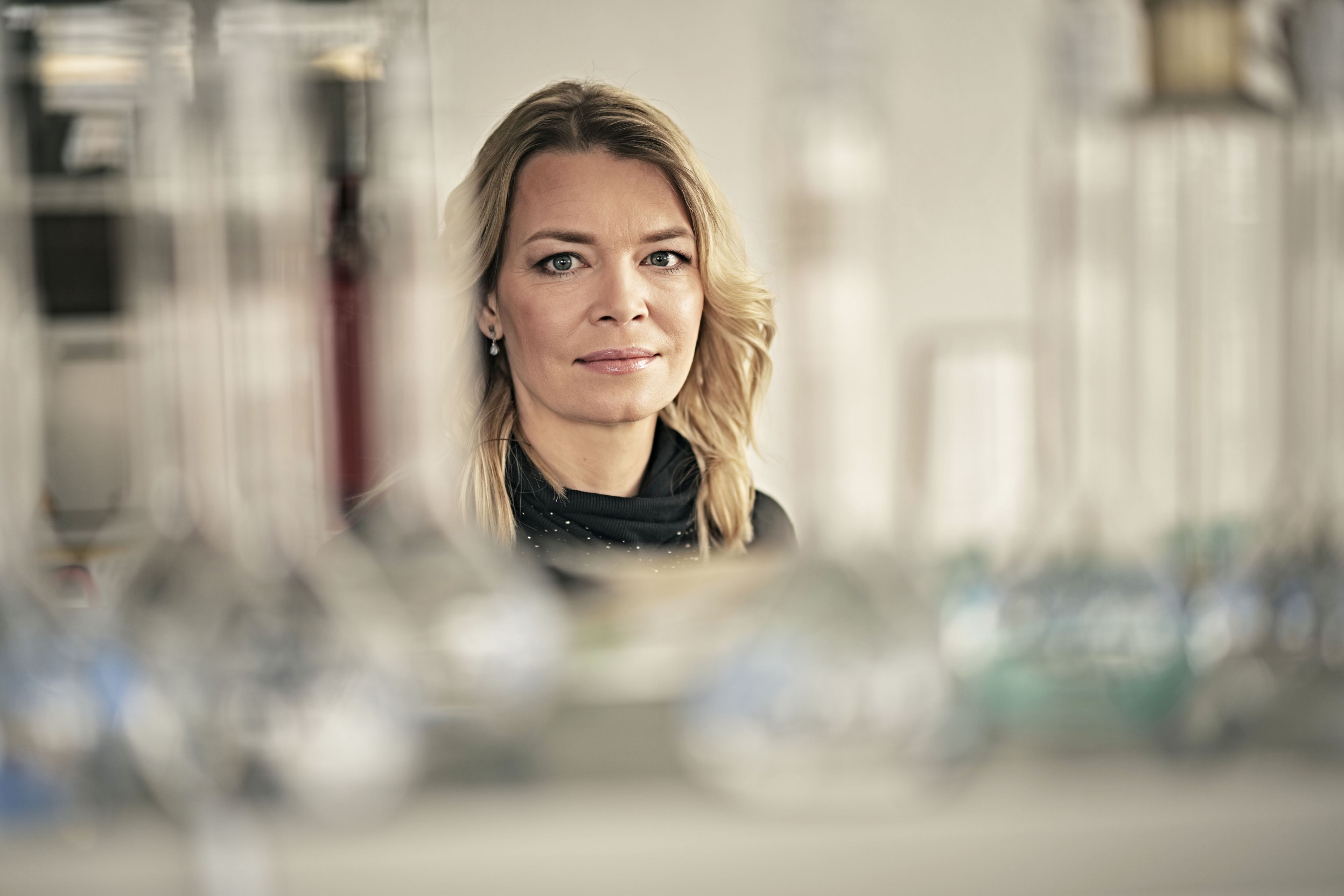
How would you describe the materials laboratory to a person who has never visited it?
Working in a lab was my dream. If I had to describe the laboratory to a person who has never seen it, I would probably use the example of crime series. In these series, forensic analysts are able to find out almost anything. The reality is a little different, but the devices we know from TV really do exist. They are used to analyze substances, find the causes of damage, or test the resistance of different materials. We are able to simulate stress conditions or accelerate the aging of materials, and then evaluate it. The laboratory serves as the control body of the car manufacturer – we make sure that things will work properly and that no materials will be a nuisance. Our laboratory is divided into several smaller parts, approximately 40 people work here in total, and everyone focuses on something a little different
Among other things, you focus on chemical analysis of materials. What does it mean?
Imagine you have a car seat and something gets spilled on it. We are able to recognize that it is, for example, coffee that was spilled by a customer, or that another problem has occurred. Using analytical methods, we can also examine the materials of individual parts that Škoda gets from different suppliers. As a company, we guarantee that all parts are of great quality and all materials fit the requirements. In addition to verification tests, the laboratory also deals with, for example, the interior. We measure the color range of individual components, but also handle smells and odors in the car.
How do smell tests work?
Smell tests of materials require a "council of trained noses" to evaluate the odor of a sample sealed in a container under defined conditions for a defined period of time. Laboratory experts determine whether the odor of the analyzed part is relevant to the customer. In other words, whether it can be detected and affect the driver in any way. Everything is evaluated, from individual materials to entire parts and the interior of the vehicle. It may seem like a small thing, but all senses play a role when buying a new car. Any unpleasant smells that may come up, especially in the summer months, can have major impact on your choices. We want to make the interior smell neutral. Although some drivers prefer the smell of plastic because it reminds them of a new car.
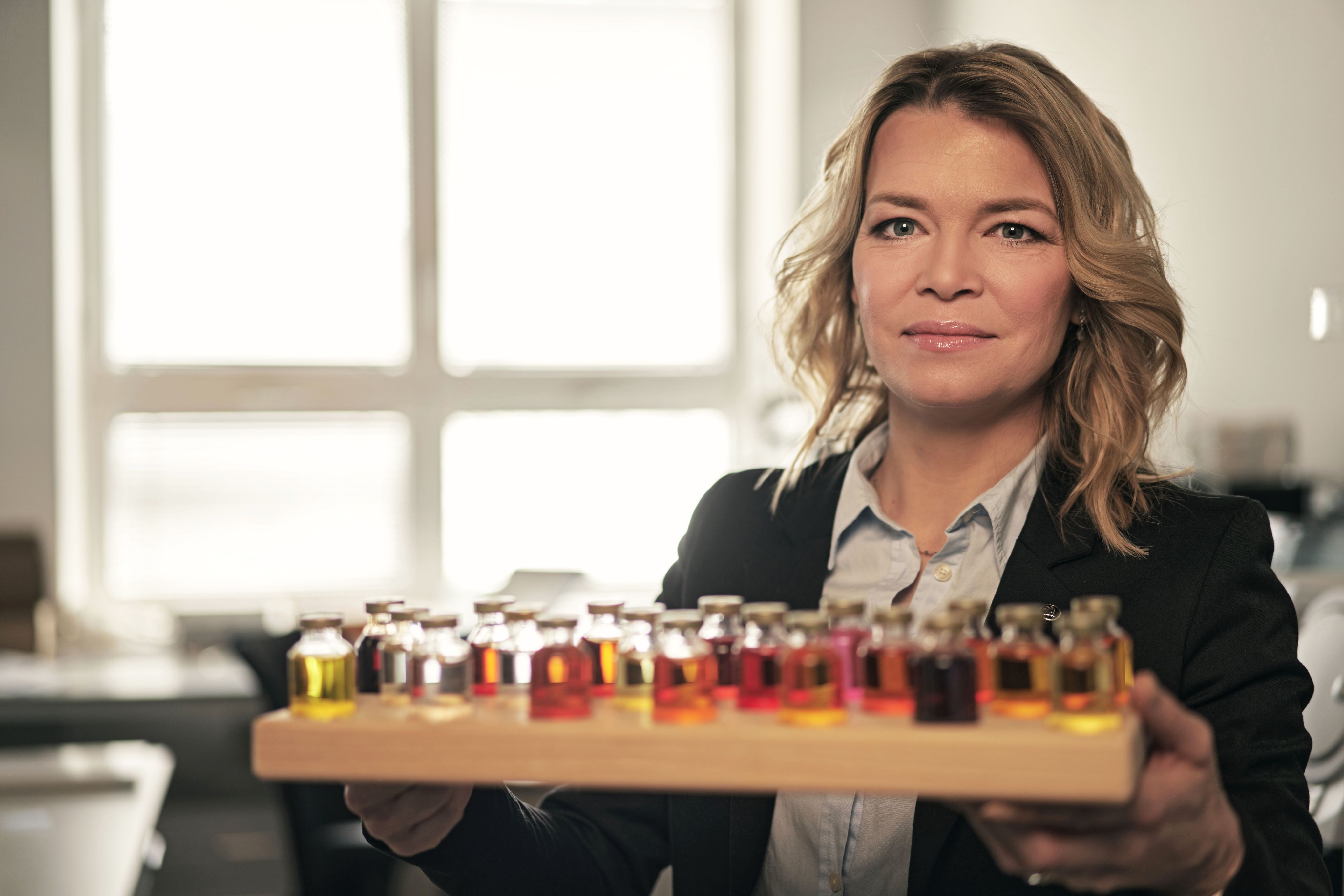
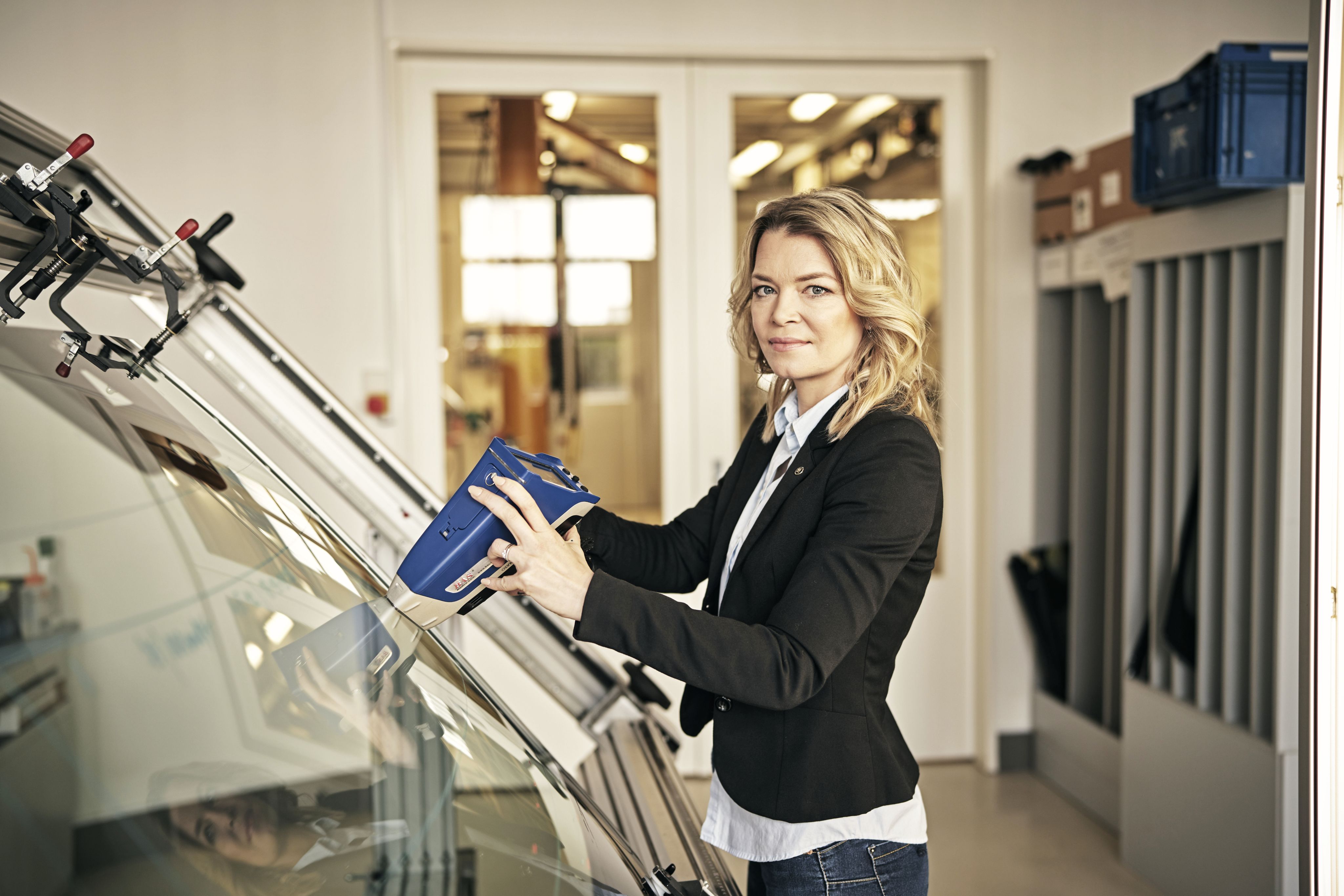
What does your work revolve around now?
After the second maternity leave, I ended up focusing on material conformity. It’s based on legislative regulations and also related to analytical chemistry. I try to have an overview and develop analytical methods for defined groups of materials. The students I work with help me with that. I have one doctoral student, with whom we measure glass, among other things, but also two interns who are currently finishing their bachelor's thesis.
What do you enjoy the most about working with students?
Mainly their enthusiasm and desire to work. Of course, I enjoy it when they are smart and can work independently. Ideally, students should think for themselves, make decisions, and then present them. It motivates me when I see that our collaboration leads to their success.
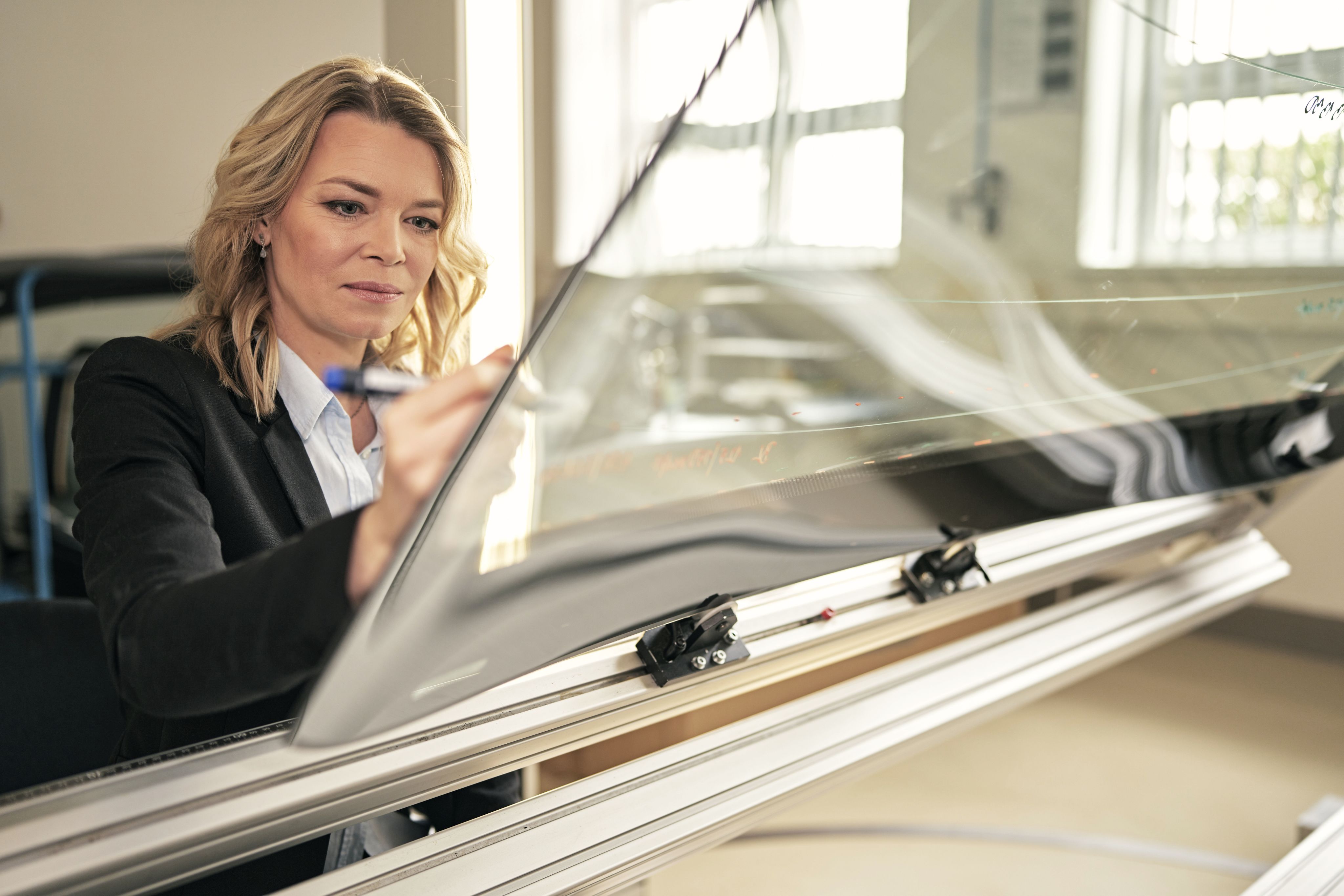
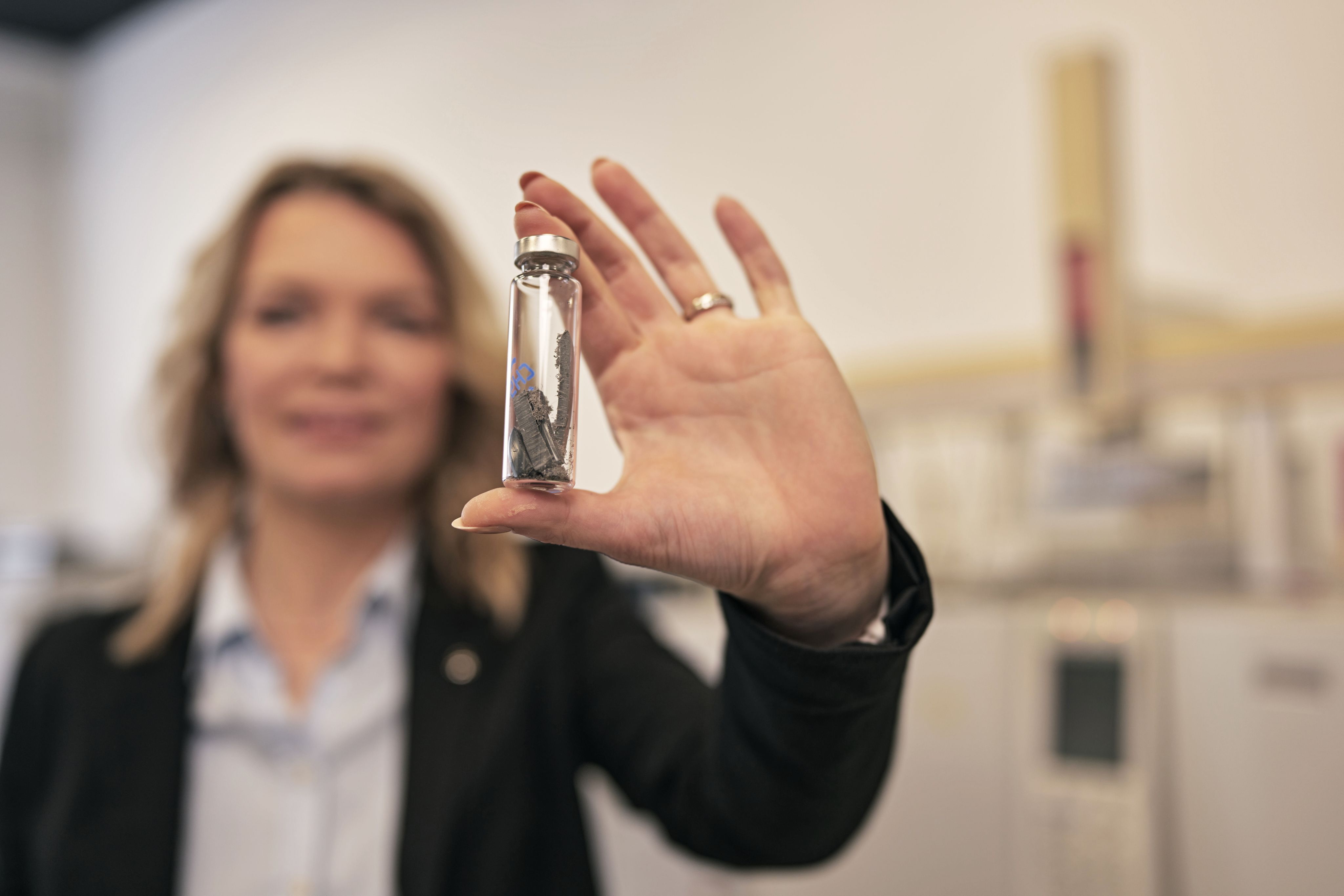

IVANA REA
chemical conformity of production fillings
Ivana Rea studied in Prague and Glasgow. In addition to chemistry, she has also been focusing on teaching. Her dream was to work in a laboratory – and she fulfilled it already during her doctoral studies. Now, she has been working in Škoda Auto's materials laboratory for more than a decade. She dealt with chemical analysis of various materials, and today, she focuses on the chemical conformity of production fillings. In cooperation with the University of Chemistry and Technology, she has already created three patents.
In her spare time, she always liked to draw and do sports, and in the past, among other things, she used to jump with a parachute or ride a motorcycle. She is the mother of a three-year-old and a five-year-old son. They both want to become chemists one day: "They like to play with test tubes, and we grow crystals from salt together. I think they see chemistry as a game.'

